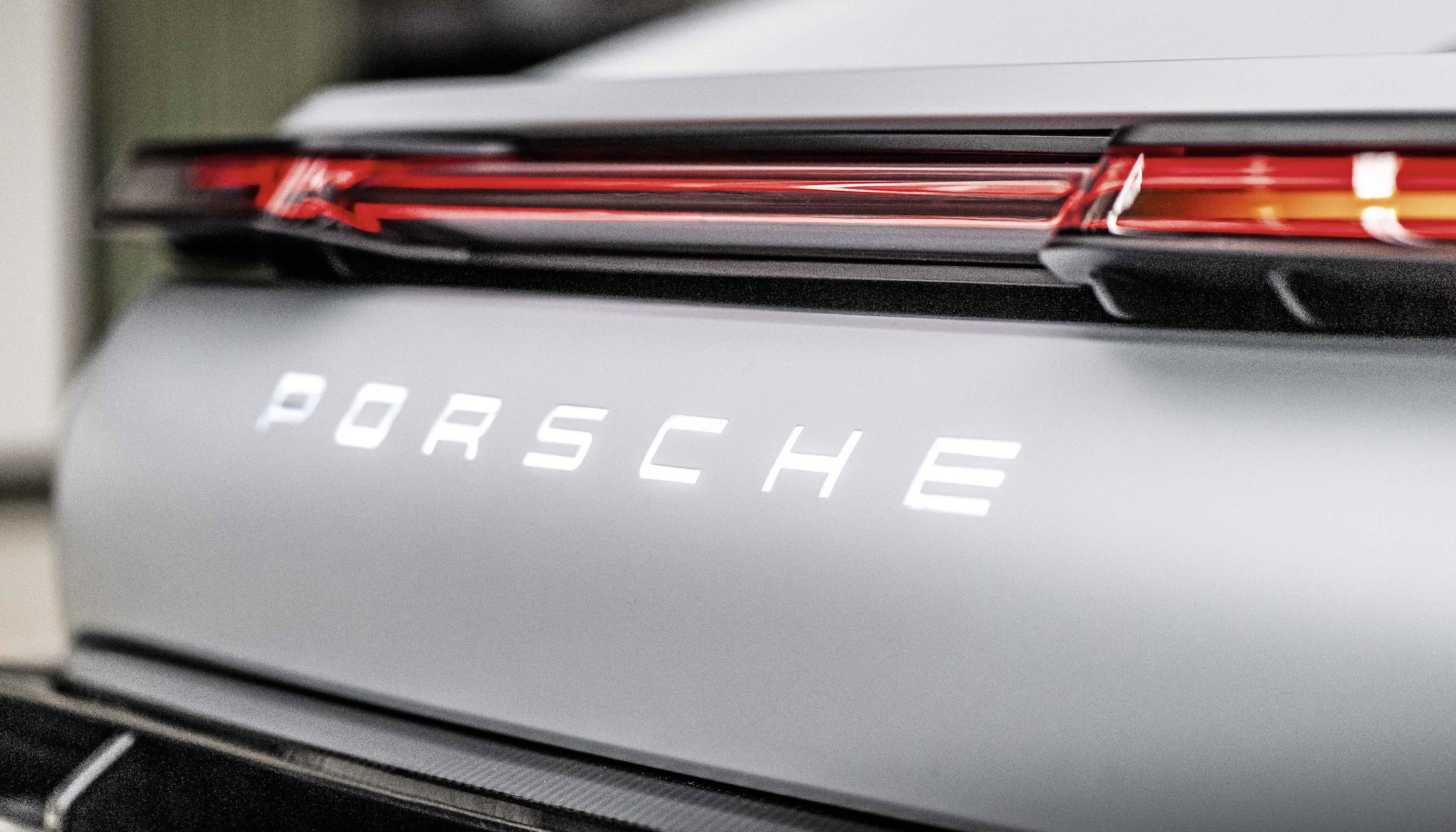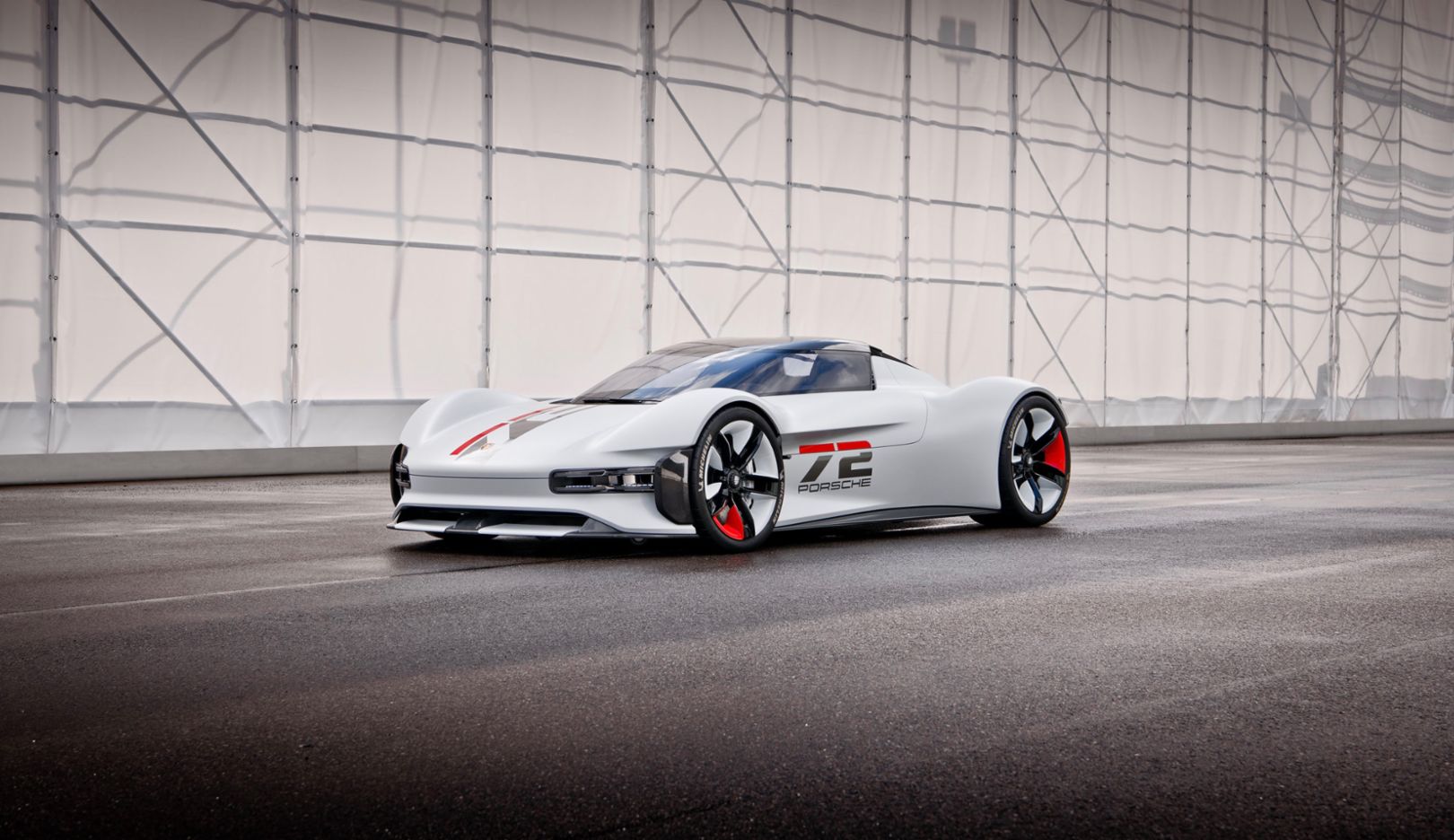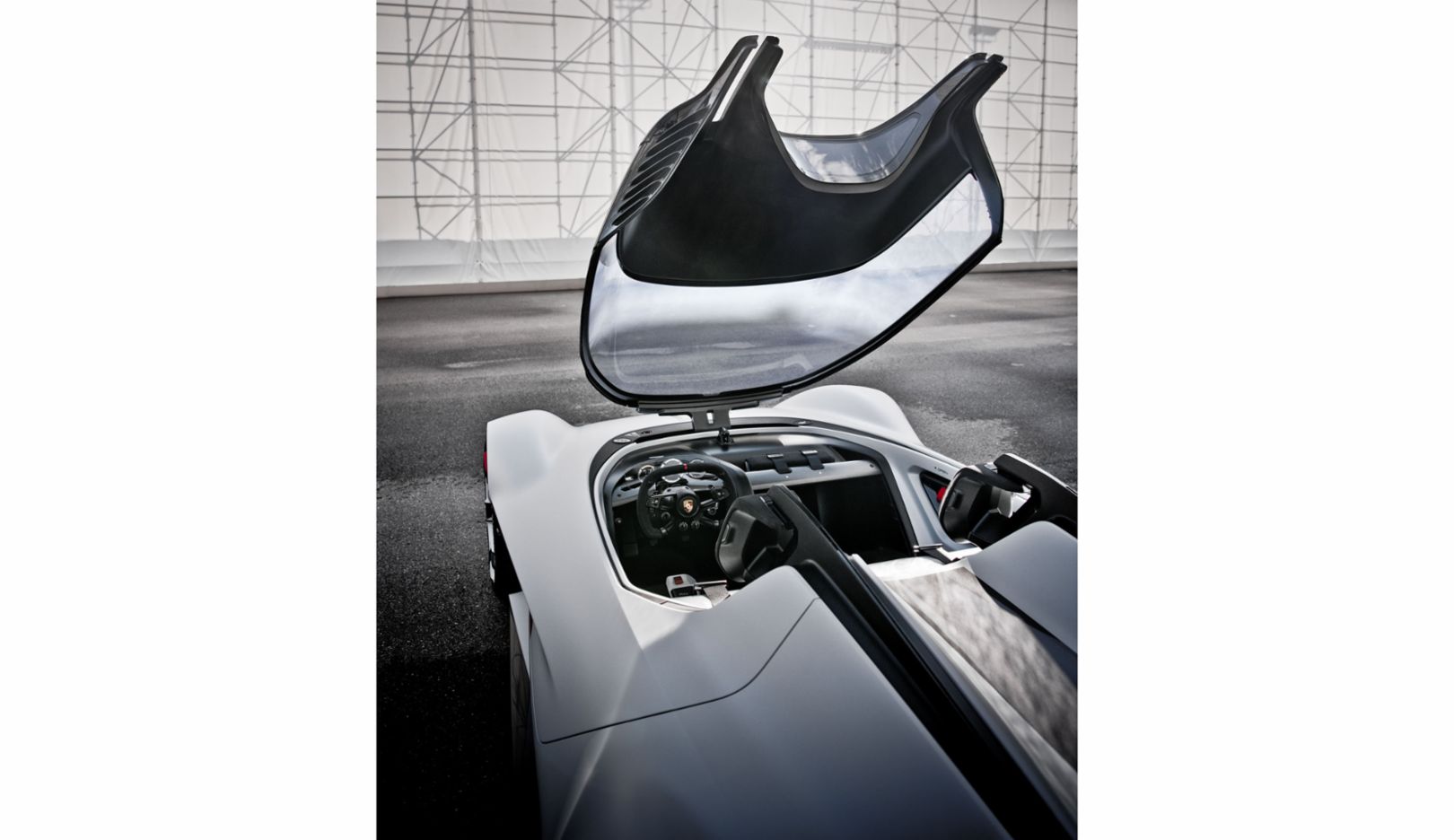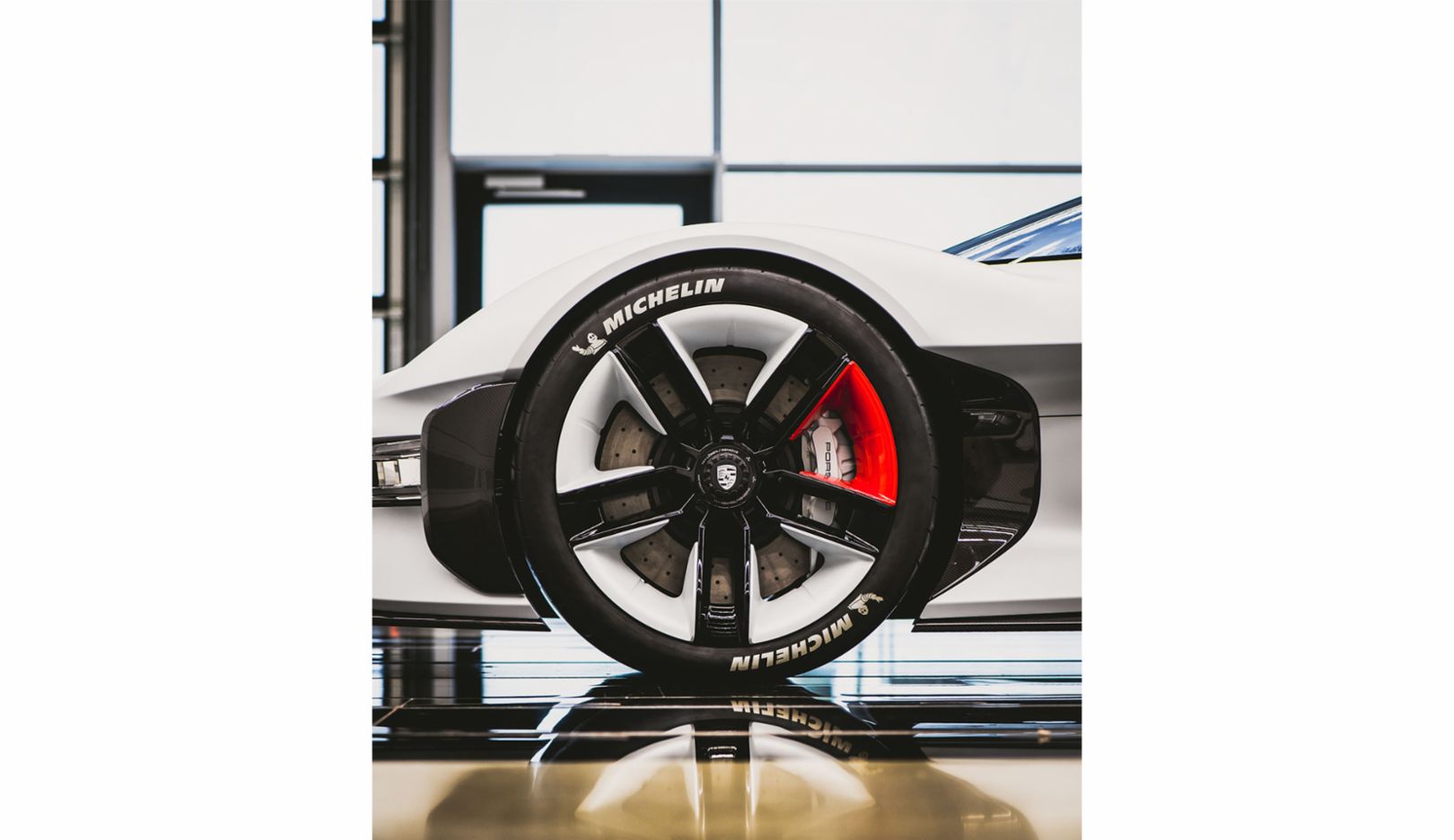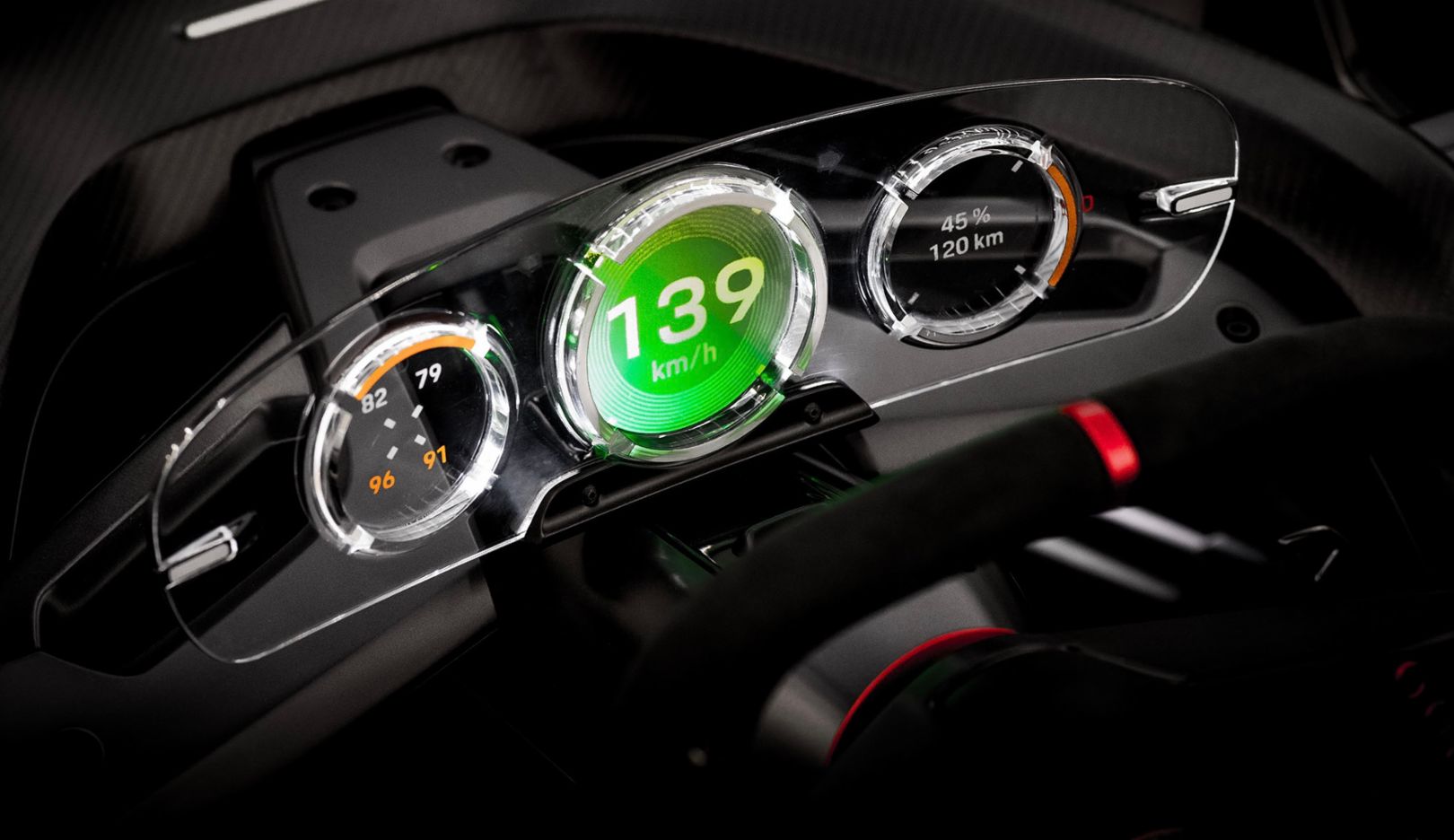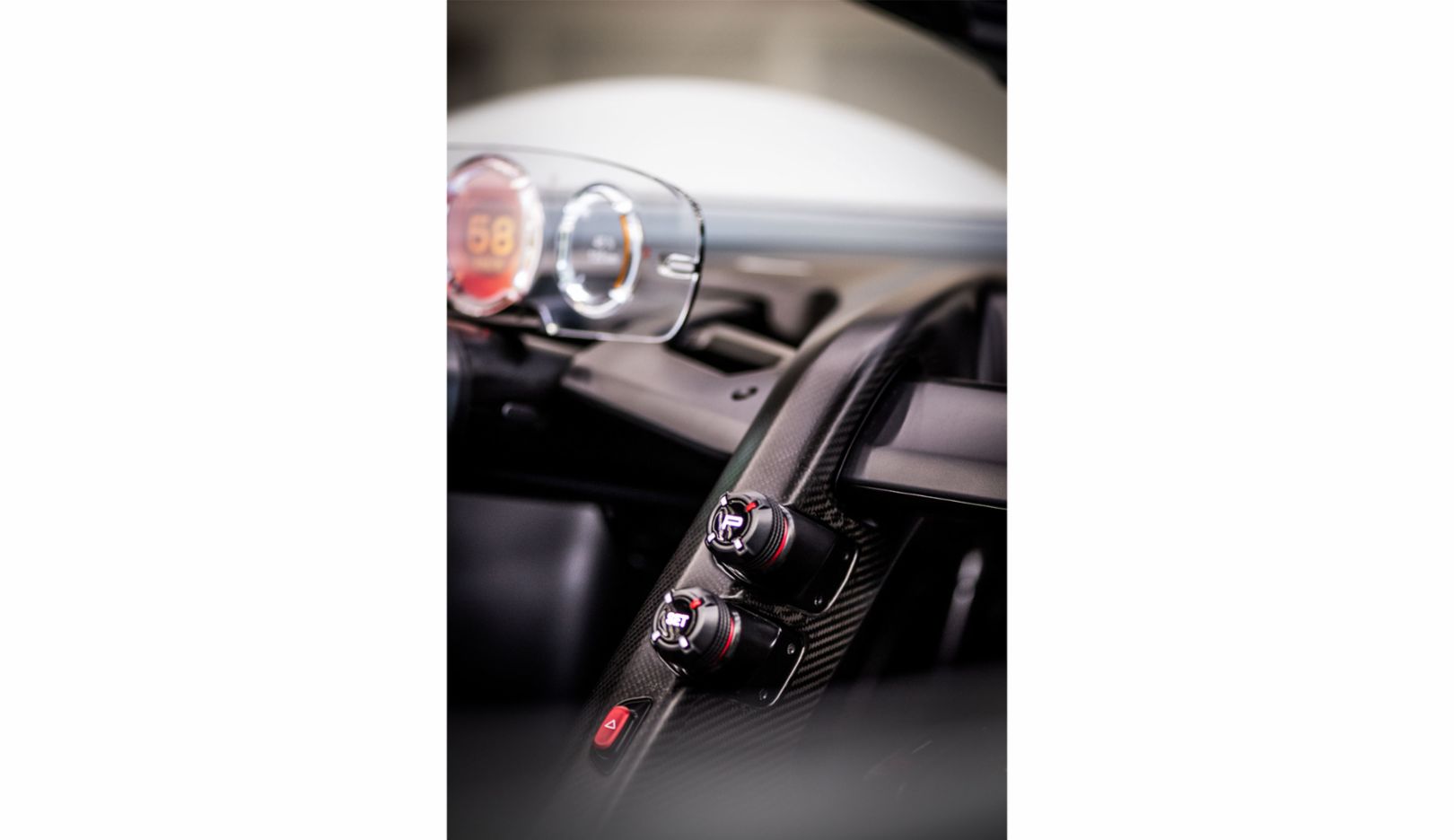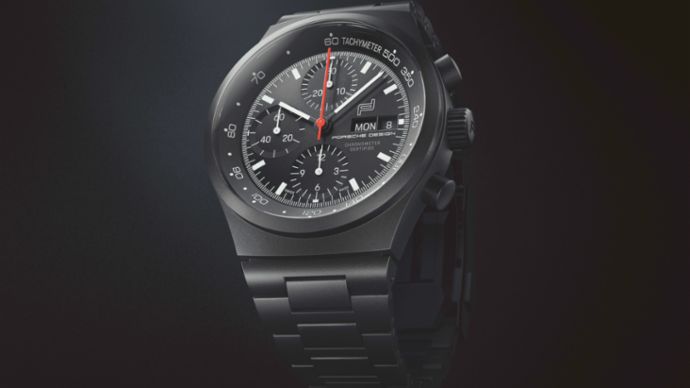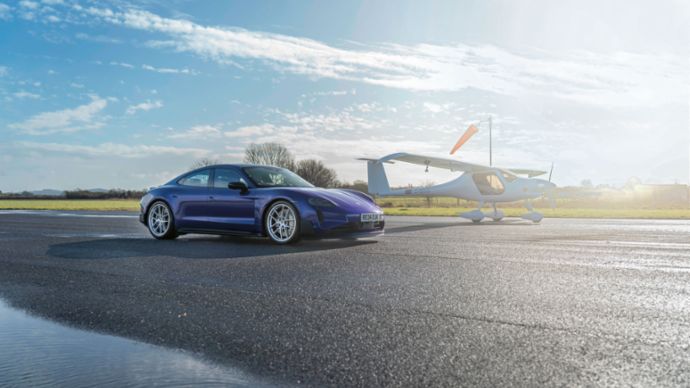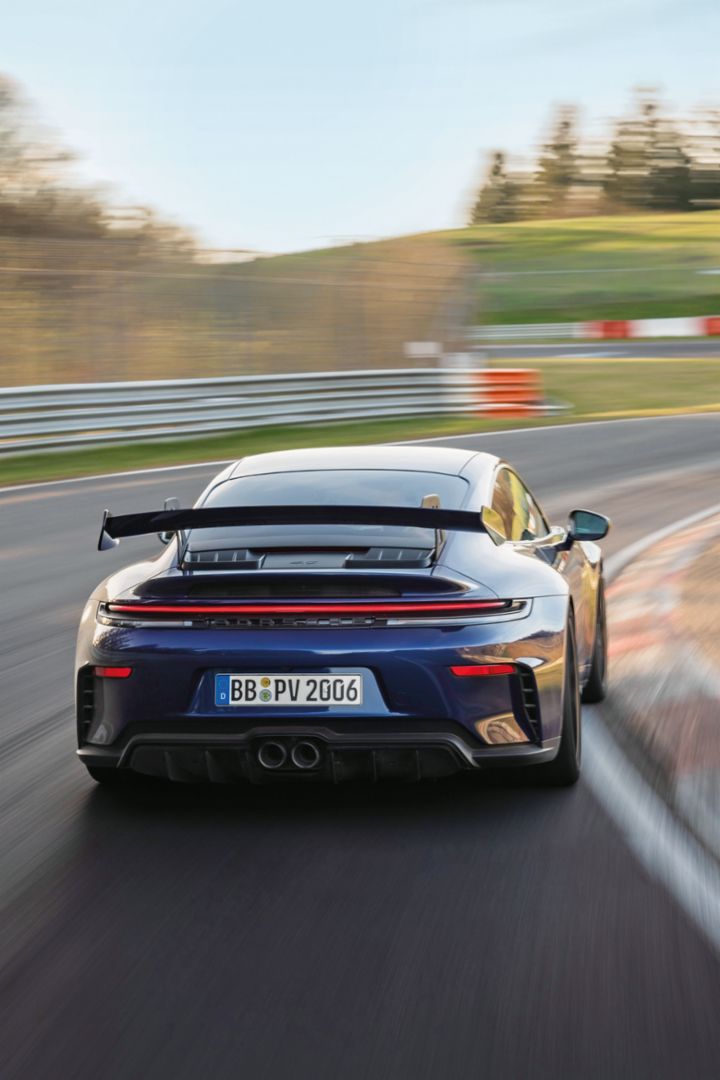Virtual Vision
With the Porsche Vision Gran Turismo, the design team looks to the distant future. The study was initiated for the Gran Turismo 7 racing game. But as is typical of Porsche, a real model of the gaming vehicle was built in Weissach.
Premiere for visionaries: even for the team headed by Michael Mauer, developing a car for a video game is a brand-new experience. “A fascinating project,” says the Head of Design at Porsche. At least at the beginning, the journey into the virtual world is not all that different from the work on a near-standard concept study. “The Porsche Vision Gran Turismo shows what an all-electric race car could look like in 10 to 15 years,” says Mauer. “But rather than giving free rein to our imagination, we developed a car that, despite its futuristic design, could actually drive in the real world.” As a two-seater – compact, agile, and with the ideal power-to-weight ratio – the virtual race car conforms with the brand values that once distinguished the Porsche 356 Le Mans Coupé and the Porsche 908 Bergspyder, and would even be street-legal. While planned for much further down the road, the project highlights the tradition of the brand. Even the pronounced fenders and low hood of the Porsche Vision Gran Turismo reflect the traditional sports car silhouette developed in Zuffenhausen. New and modern interpretations of typical Porsche design features are the ultralow four-point light signature at the front and the illuminated strip at the rear that simultaneously functions as an active aerodynamic element. A further highlight is the large glass dome, which completely opens upwards and allows entry into the cockpit.
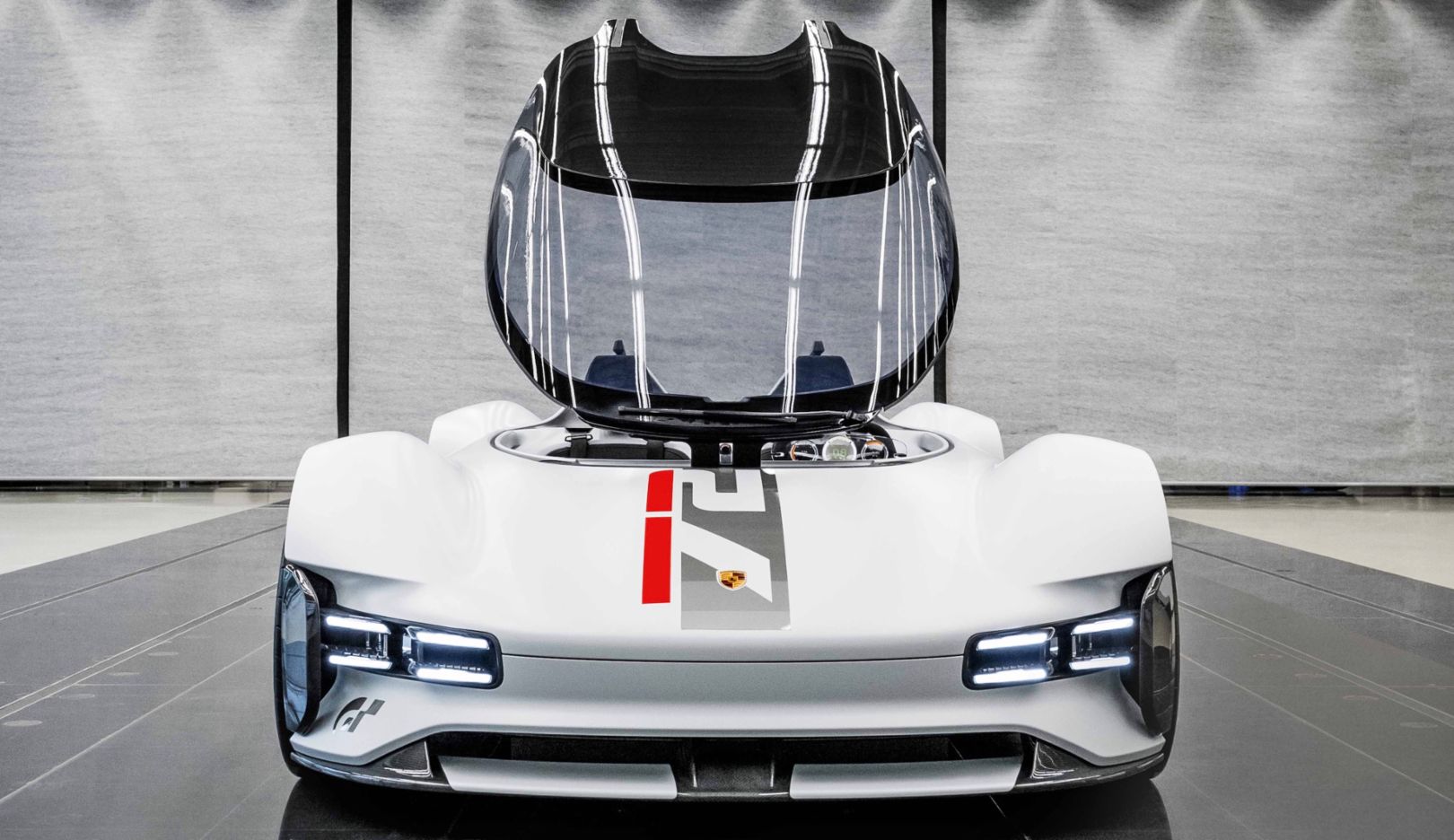
Glass
Futuristic cockpit opening just like on a jet: The glass dome for climbing into the Porsche Vision Gran Turismo is a playful highlight. The front, with its ultralow four-point light signature and individual modular light sources, represents an experimental next stage of development of the current brand face.
“In terms of design and engineering expertise, we have the same philosophy of perfectionism as Porsche,” says Kazunori Yamauchi enthusiastically. “We share the same passion for motorsport and are looking together to the future of the automobile.” The Japanese game designer and CEO of Polyphony Digital developed the groundbreaking racing game Gran Turismo for the PlayStation nearly 25 years ago. More than 90 million games sold have generated enthusiasm for cars for generations. For many Porsche drivers today, Gran Turismo was their first experience behind the wheel.
The eagerly anticipated latest generation of the classic game will be released in early March 2022. Gran Turismo 7 is the only place where you can get behind the wheel of the new Porsche Vision Gran Turismo.
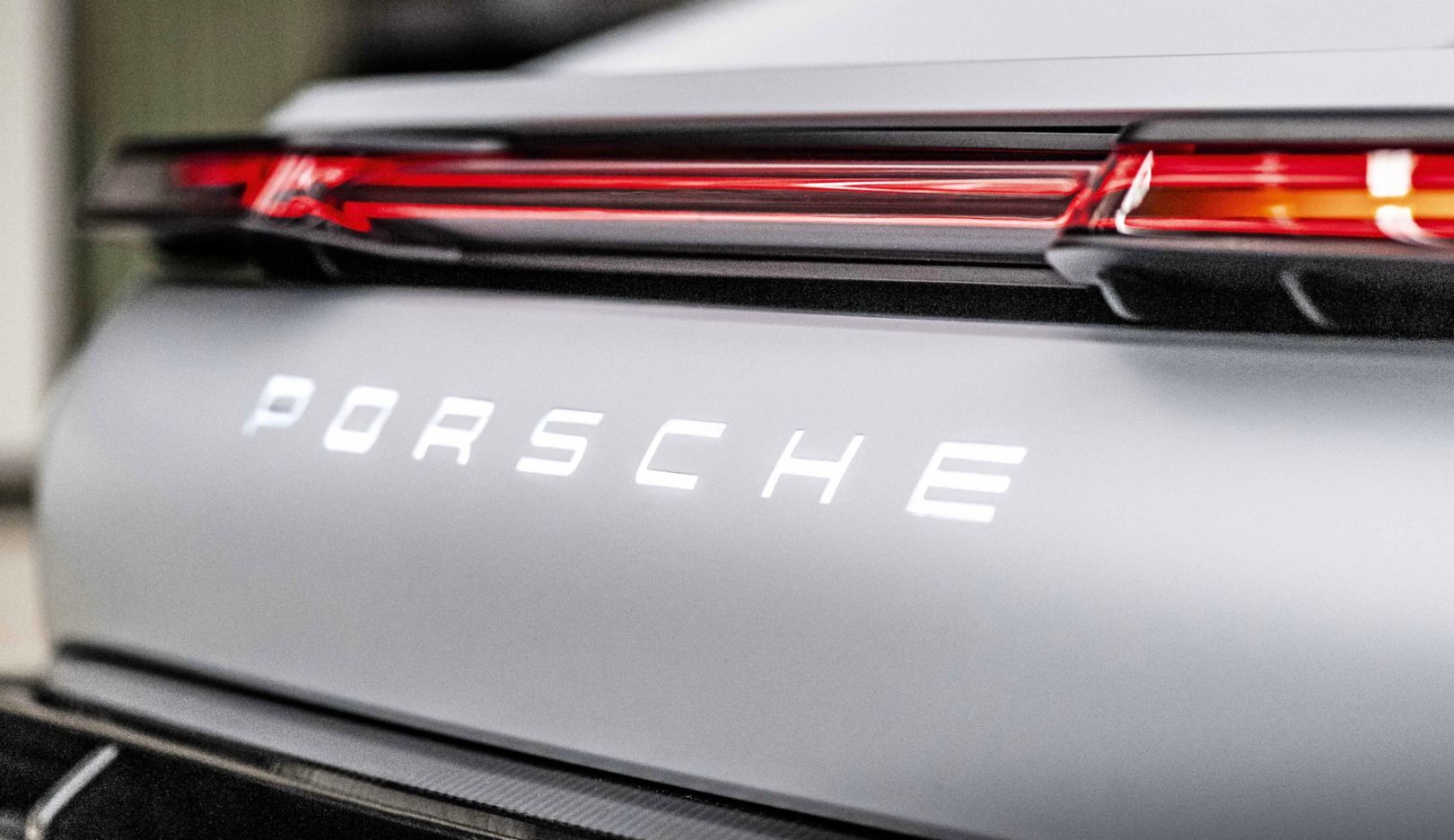
Rear
Name prominently displayed in the video game: The first vehicle designed by Style Porsche for the legendary game features an illuminated strip and seven letters on the rear, so that pursuers always know exactly who’s in front of them. After that Porsche!
The virtual prototype was developed in Weissach with the same standards in terms of function and details as applied to a real series production sports car. Exactly how the car will be driven on different racecourses and in changing weather and light conditions in the game is entirely up to the developers at Polyphony. Gran Turismo 7 is an astonishingly realistic driving simulator. Weight, performance, aerodynamics, suspension, transmission, and even the tires influence the driving characteristics and follow the same laws of physics as in the real world.

Focus
The driver in the spotlight: The driver also takes center stage in the visionary study for the video game. Porsche continues this fundamental idea – even as far as the possible age of autonomous mobility. And that’s why Head of Design Michael Mauer says: “The last car with a steering wheel will be a Porsche.”
Based on CAD data provided by Style Porsche, the exterior and interior of the Porsche Vision Gran Turismo have been incorporated into the game environment. At the same time, the design team also created physical models of the race car. “I remember the awe I felt when the first scale model was unveiled in Weissach,” explains Yamauchi. “It was exactly the Porsche of the future I had been dreaming of – a fully functional beauty that is cool, sophisticated, and compact.”
“It was exactly the Porsche of the future I had been dreaming of – a fully functional beauty that is cool, sophisticated, and compact.” Kazunori Yamauchi
Designer Yamauchi also likes things fast outside of the virtual world – as a race car driver on Nürburgring or on evening drives with his 2001 Porsche 911 GT3 on the Tokyo highway. “What makes the Porsche so appealing is its puristic design,” he says. “The ever-perceptible stability of the body, and the agility and precision with which the car moves even at high speeds.”
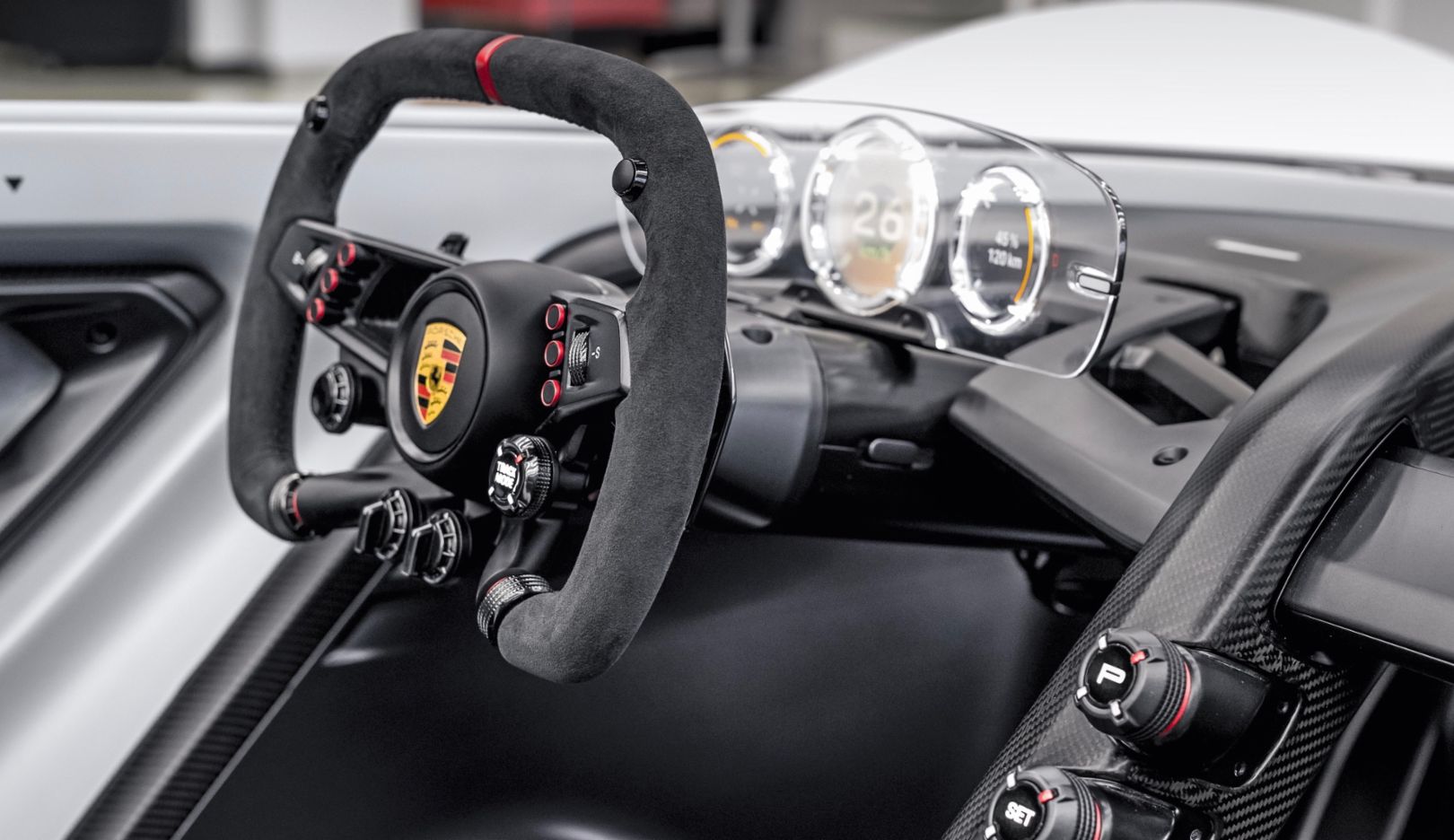
Concept
Experience information in a whole new way: Rather than the traditional round instruments in the dashboard, the model of the Vision Gran Turismo boasts a pane of glass as a projection surface for all relevant driving data. In the game, a further concept has already been realized: information appears in the form of free-floating holograms in the driver’s field of vision.
The game designer also promises a nearly authentic Porsche driving sensation for the video game. In addition to the futuristic Porsche Vision Gran Turismo, the game also features other Porsche models that can be driven, collected, customized, admired, photographed, and shared with other players. The selection ranges from the classic Porsche 356 A 1500 GT Carrera Speedster to the Le Mans study Porsche 917 Living Legend. After all, Yamauchi is interested not only in ensuring perfect driving simulation, but also in preserving automotive culture in a period of technological and social evolution. “The kids who discovered their fascination for extraordinary cars in Gran Turismo 25 years ago are now adults. They work in the automotive industry or, as consumers, determine the success of new models. So our game has also helped to shape the automotive world of today.”
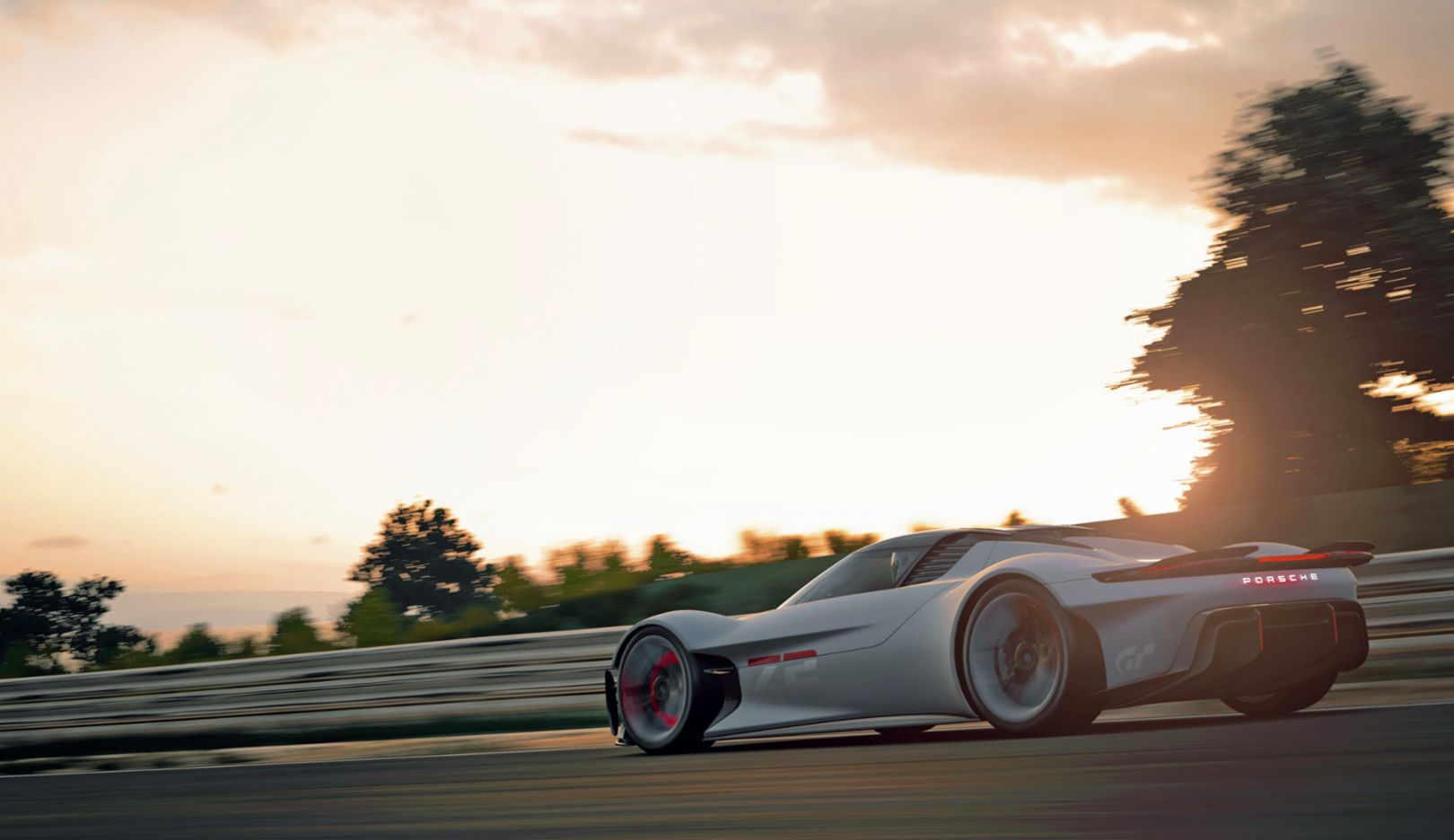
Agile
Outstanding performance for the virtual world: Highly imaginative, but not unrealistic. This is what the Vision Gran Turismo will look like in the realistic console game, which will be available in 2022. An all-electric two-seater Porsche race car just as it could look in 10 to 15 years’ time: with a compact and high-performance design, an ideal power-to-weight ratio, and a sophisticated chassis construction for maximum agility.
The Porsche Vision Gran Turismo is therefore not only a race car of the future, but also an ambassador of automotive culture: the kids and teens whose first experience on the virtual racecourse is behind the wheel of this Porsche may one day long for a mode of transportation that arouses these same kinds of emotions.
SideKICK: Gran Turismo 7
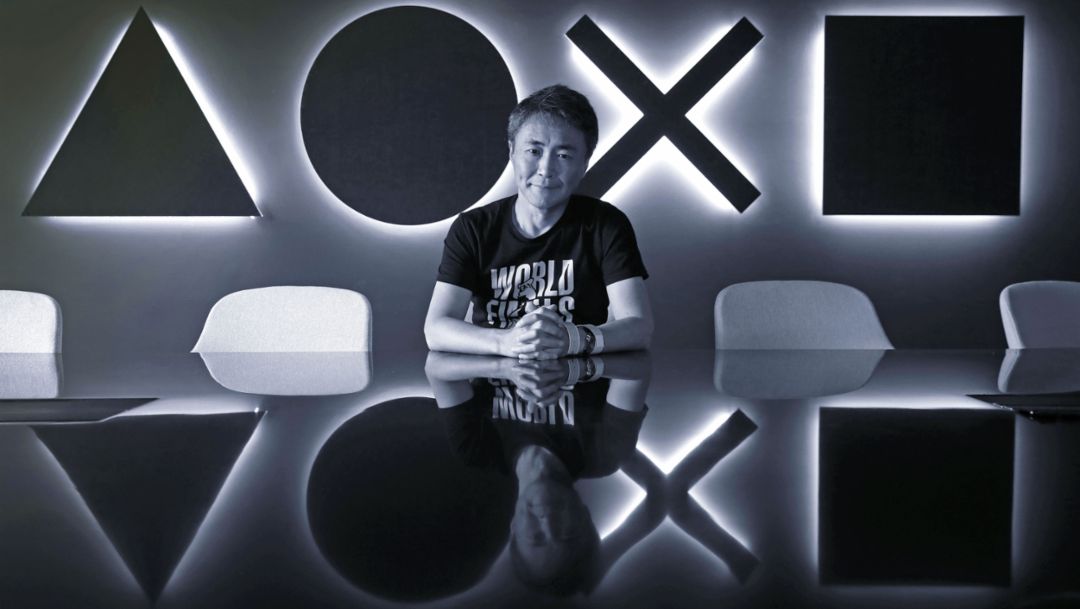
The first version of the game developed by Kazunori Yamauchi for Sony PlayStation products was released in 1997 – first in Japan and then in the US and Europe a few months later. Because it’s so realistic, the game is also recognized as a driving simulator in the professional GT mode. Gran Turismo 7 – the eighth main version of the game – has been eagerly awaited since its announcement in June 2020 and is scheduled for release in March 2022.
Consumption data
911 GT3
Taycan Turbo GT
-
21.2 – 20.5 kWh/100 km
-
0 g/km
-
A Class
